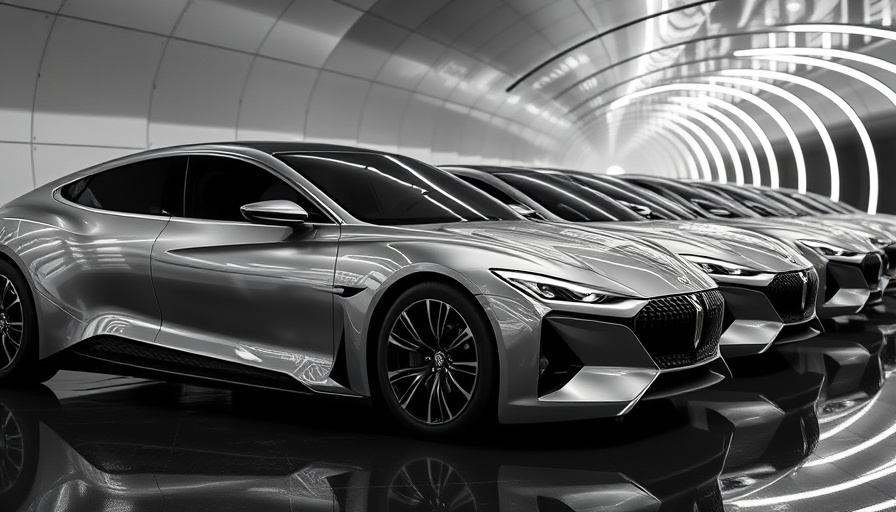
Exploring Local Government Subsidies for Huawei-Powered Cars
In a surprising turn of events, various local governments in China are now offering exclusive cash subsidies to consumers interested in purchasing electric or plug-in hybrid vehicles that run on Huawei’s software. As these developments evolve, it can be seen as a strategic move to solidify Huawei's position in the competitive automotive market.
The Unexpected Return of EV Subsidies
Since May 2025, at least ten Chinese regions have introduced consumer rebates ranging from 2,000 to 5,000 RMB (around $280 to $700) for Huawei-powered vehicles. While it's not unusual for local governments to support homegrown businesses through favorable policies, outright cash handouts specifically tied to a technology company are quite rare in China's evolving economic landscape.
Understanding the Economic Context
China previously provided substantial subsidies to the electric vehicle (EV) sector since 2009, fueling the rapid adoption of electric transportation. However, these incentives largely ceased two years ago as the central government encouraged the automotive industry to reach profitability on their own. The current subsidies for Huawei vehicles raise questions about local economic strategies amidst a cooling economy.
The Strategic Position of Huawei
Huawei’s involvement demonstrates the interconnection between technology and automotive advancements in China. The company's HarmonyOS aims to create an integrated ecosystem for personal vehicles. The question remains whether these subsidy initiatives are directly funded by Huawei or if they stem from relationships between the local governments and companies benefiting from Huawei’s technology. This dynamic might indicate an unusual merging of public policy and private enterprise in the automotive sector.
The Role of Local Governments Amid Financial Constraints
Local officials face financial challenges amid a slowing economy, making substantial cash expenditures rare. Nonetheless, these subsidies notably resonate with the effort to promote locally developed technologies. Tu Le, founder of Sino Auto Insights, emphasizes that local governments traditionally do not provide direct consumer cash incentives as a way to support specific firms, making these recent developments particularly noteworthy.
Transparency Issues Surrounding the Funding Sources
Confusion persists surrounding the financial backing of these subsidies. For instance, announcements from various provincial authorities have not clarified who exactly is footing the bill. Some posts have hinted that the funding could be tied to local sales companies associated with the Harmony Intelligent Mobility Alliance, leading to questions about the overall structure of financial support for this initiative. This lack of clarity highlights the ongoing challenges of transparency in public-private partnerships related to technology.
Potential Implications for the Future of EVs in China
Looking ahead, these initiatives may shape future trends in the automotive landscape, potentially influencing how government policies adapt to support emerging technologies. As the global market progresses toward greener solutions, seeing a unique blend of local support and corporate partnerships in sectors like electric vehicles can serve as a precedent for other nations. It may reshape the framework through which these economies operate, especially in the tech and auto industries.
 Add Row
Add Row  Add
Add 




Write A Comment